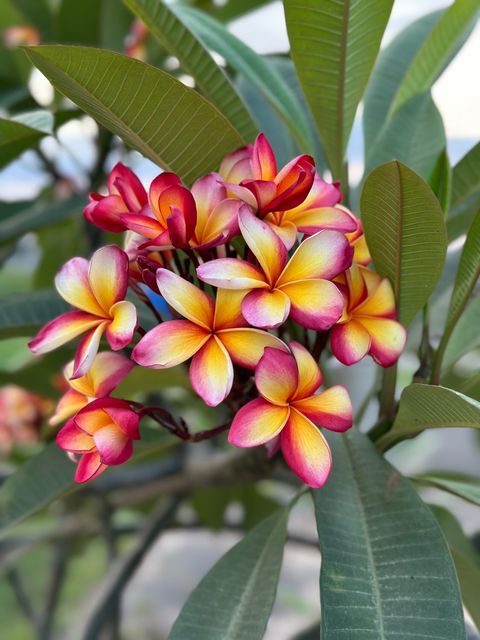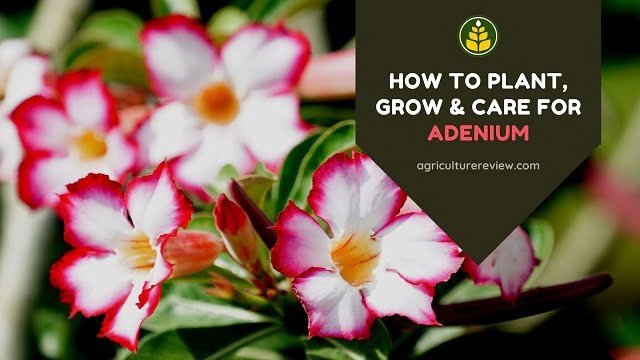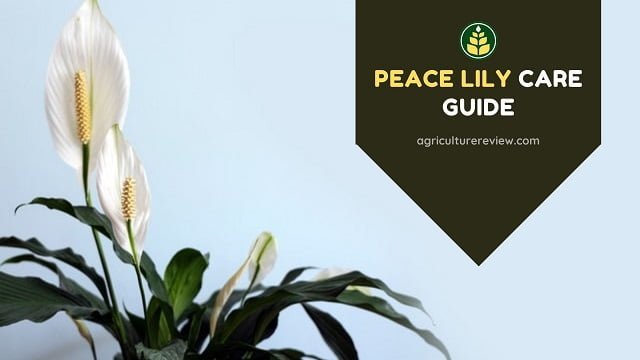This ultimate guide on plumeria care will help you to grow and care for plumeria plant. Also learn to grow plumeria from cuttings by reading this article.
Table of Contents
Introduction
Plumeria (commonly referred to as Frangipani), a genus of angiosperm within the Apocynaceae. Most species are deciduous shrubs or small trees. The species variously are endemic to Mexico, Central America, and the Caribbean.
Now it has been widely cultivated in subtropical and tropical climates worldwide as a popular garden and park plant. Plumeria flowers with their beautiful colours and fragrance symbolize natural beauty.
Plumerias flower come in all colours from pure white to deep red, pale pink to butter lemon, golden, oranges, blood red, and so on.
This beautiful flowering plant is also known as “Champa” or “Gulchin” in India.
Plumerias thrive with a touch maintenance that is easy to propagate. And its appearance is magnificent with a large cluster of sweet-scented flowers.
They bloom almost throughout the year and hence make excellent garden plants. They are ideal for home gardens, rooftop gardens, and open balconies.
Popular species of Plumeria
1. Plumeria rubra
2. Plumeria obtura
3. Plumeria pudica
4. Plumeria alba.
Plumeria Care Guide

To care for your plumeria plant, you need to provide adequate sunlight, watering, and fertilizers. This helps to keep the plant healthy.
Growing Season: You can start growing plumeria during spring to fall season. The best season to propagate plumeria is during spring season. However, plant hardiness zones 10, 11, and 12 are ideal for growing plumeria.
Purchase plumeria seedlings from any plant nursery or you can propagate plumeria from cuttings, grafting, or from seeds.
Sunlight: Plumeria is a sun loving plant, hence it requires 6 to 8 hours of direct sunlight daily. Adequate amount of sunlight ensures good growth and heavy bloom in plumeria plant.
Watering: Plumerias require profuse watering but keep in mind that overwatering can damage your plants. Apply water only when the topsoil seems completely dry.
Excess watering or water logging condition in the pot can lead to root rot. Reduce watering when leaves start falling down.
You will also love reading them,
READ MORE: Climbing Plants Names With Pictures
READ MORE: How To Grow Grass
Fertilizers: Feeding of plumeria is one kind of skill. After transplantation just feed one teaspoon bone meal in a month. It promotes vegetative growth.
Spread bone-meal on the potting mix and do not mix it with soil. Apply water soon after fertilizer application. Nutrient will leech down and roots will consume the nutrients.
After vegetative growth next year start feeding with phosphate-rich fertilizer. Phosphate rich fertilizer induces blooms. You can apply banana or onion peel fertilizers to increase blooming.
Avoid adding fertilizers during the rainy and winter season. It may infect your plant by root or stem rot.
Pruning & Care: For more blooming you should control and maintain plant size by pruning. Pruning helps to more branches out and thereby more blooming occurs. But do not prune out stalks. Every year 2 to 4 inches topsoil should be replaced with new fresh soil. it should be done before spring comes.
Pests & Diseases: Fungal infections can occur during the rainy and winter season. In these seasons Plumeria can be at risk of root and stem rot caused by fungal infection. In such cases spray any broad-spectrum fungicide. You can also use organic fungicide to protect your plant.
How To Grow Plumeria From Cuttings?

If you want to propagate, then take near about 12 inches long shoot tip cuttings in spring and allow them to dry for 3 to 6 days.
To develop new plant from cutting, just plant cuttings in this potting mix.
Prepare potting mix with 60% soil + 20% coco peat + 20% river sand or any well-drained potting medium.
The cutting will start rooting in 2 to 3 weeks.
When cuttings are well developed than transfer it into 15 to 20-liters capacity containers.
Importance Of Plumeria
1. Plumerias are common ornamental plants in houses, parks, parking lots, and other open areas.
2. Plumeria rubra is the national flower of Nicaragua and Plumeria alba is the national of Lawns.
3. Hindus use the flowers in their temple offering.
4. In Sri Lankan tradition, Plumeria is associated with worship.
5. In western Ghats of Karnataka, the bride and groom exchange garlands of cream-colored plumeria during weeding.
6. Plumerias are planted most of the Hindus temple.
7. Plumeria contains several medically active constituents and has been shown antifungal, antibacterial, antiviral activity.
8. The plant contains fulvoplumerin, which has antibiotic activity and inhibits the growth of Mycobacterium tuberculosis.
9. The juice of the bark is considered an effective treatment for gonorrhea and venereal sores.
10. The scraped bark is used to treat scabies and wound from poisonous fish.
11. The juice of bark is also used to treat amoebic dysentery.
FAQ’s On Plumeria
Can fish fertilizer be used on Hawaiian Plumeria?
Yes, you can use fish fertilizer on plumeria, but make sure to mix 14 gram of fish emulsion fertilizer in 4 litre of water for spraying. During flowering phase also add onion peel fertilizers.
What to do with tiny shoots coming from base of plumeria?
To maintain good shape of the plant, bushy at top, slim at the base, you can prune extra shoots coming from the base of the plant, maintain single stem at the best which grows thick and produce numerous branches at top.
My dog ate Plumeria vomited blood What can I do for her?
Plant parts of plumeria are toxic, ingestion can cause vomiting and diarrhea. Wipe out the mouth with damp cloth and feed lactose free milk or small amount of water. In worst case, consult a veterinarian as soon as possible.
Are plumeria leaves poisonous for goats?
Yes, leaves of plumeria are poisonous for goats, they can cause skin irritation and upset digestive system.






Bhai aise hi badhte raho aur information dete raho
Most important information.
Useful information!
Beautiful.
Thanks brother